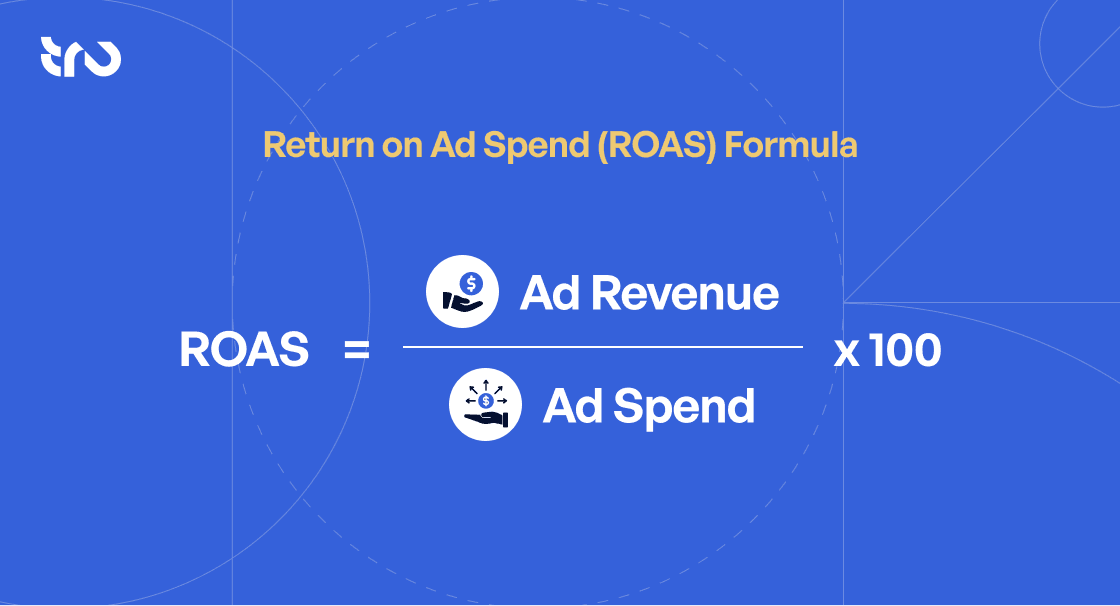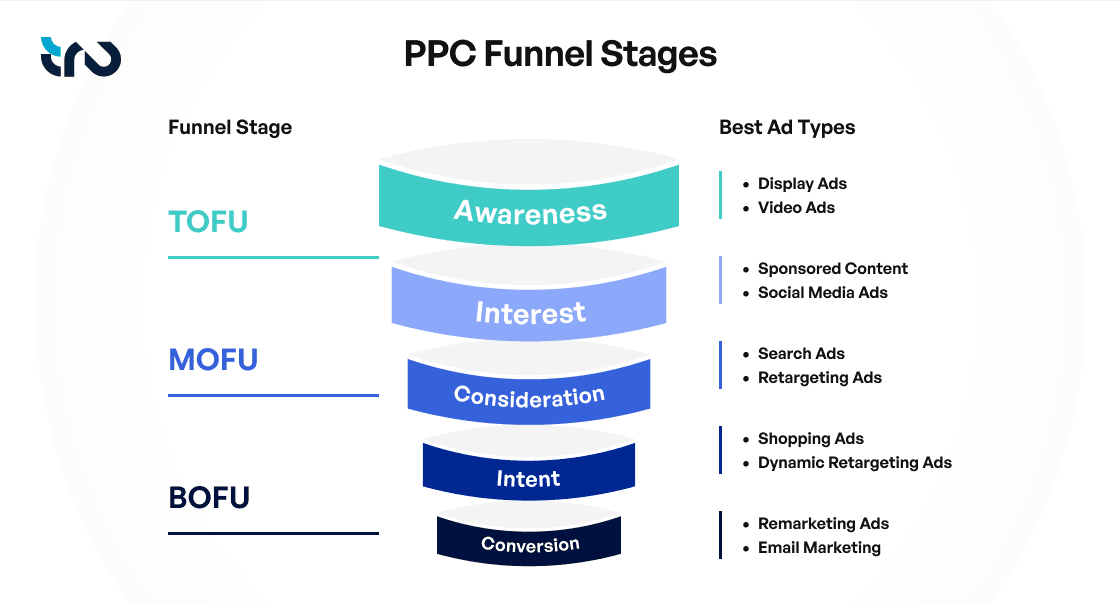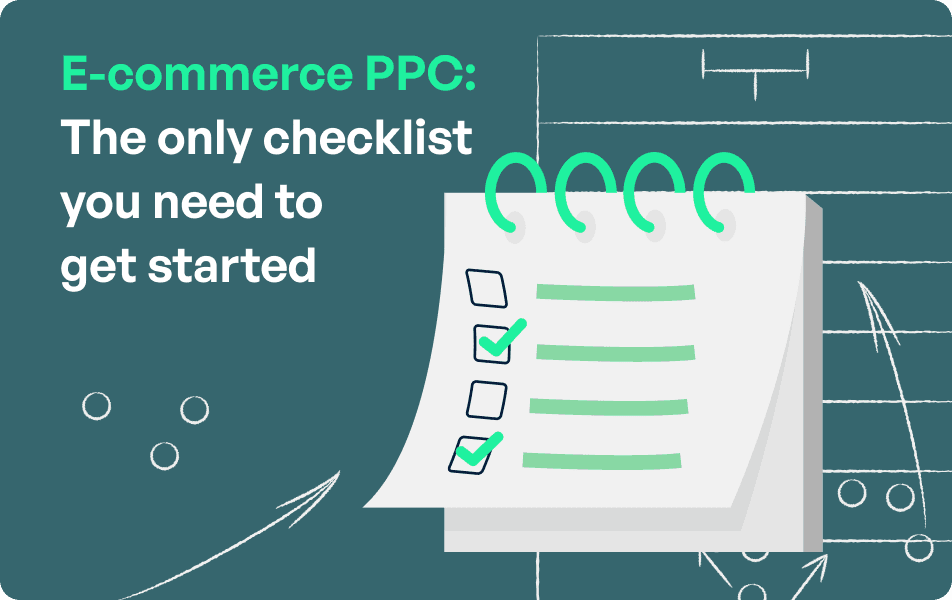Running paid ads has become a basic part of growth for most D2C (direct-to-consumer) brands. But even with regular spending, many brands struggle to see consistent and profitable results.
Often, the challenge lies not in the ad itself but in how campaigns are set up, targeted, and optimized. Without a clear structure and strategy, brands risk money on traffic that doesn’t lead to conversions.
This is where e-commerce PPC management becomes essential. It helps businesses take control of providing a structured approach for setting up and managing paid campaigns more effectively. This helps brands focus on reaching the right audience.
In this blog, we will share the practical strategies that help improve ROAS (Return on Ad Spend), reduce wasted spend, and bring more predictability to PPC efforts in 2025.
How D2C Brands Can Maximize ROAS with E-commerce PPC Management

Before diving in, let’s get clear on one thing: ROAS means “Return on Ad Spend”. It defines how much a brand earns from every dollar spent on ads. For example, if a brand spends $100 on ads and makes $500 in sales from them, the ROAS is 5x. The goal is to make that number as high as possible.
Now let’s look at how smart e-commerce PPC management helps D2C brands boost ROAS.
• Ensure Ads Reach the Most Relevant Audience
Reaching the right audience is the foundation of every successful PPC campaign. It’s not just about impressions of relevance. With e-commerce PPC management, brands can target users by location, age, interests, shopping habits, and device type. The more specific the targeting, the better the chances of engaging real potential buyers.
For instance, a renowned Canadian beverage retailer focused its campaign on a niche audience segment based on region and lifestyle interests. By narrowing the audience, the brand saw stronger engagement and improved ROI, without needing to increase ad spend.
Smart brands don’t guess who sees their ads; they test and analyze their audience targeting over time by understanding emerging adtech trends. The result? They reach the right people and get better results without spending more.
Make every click count, and maximize ad results with Tru’s expert PPC management!
Learn more• Convert More Clicks Into Leads with Click Funnels
Getting users to click an ad is just the beginning. The major goal is to convert these clicks into actual sales. After clicking, buyers follow a journey from ad to purchase that is known as the “click funnel”. In e-commerce, this often includes the landing page, product page, cart, and checkout.
For example, directing ad traffic to a cluttered homepage instead of a focused landing page often leads to increased bounce rates. Conversely, a fast, relevant page with a clear call-to-action keeps buyers moving forward. In addition, a solid PPC management checklist for campaign structure can help businesses guide visitors smoothly through the funnel toward conversion.
In e-commerce PPC management, optimizing the post-click journey helps brands improve conversion rates without increasing ad spend. It turns advertising costs into actual sales, not just traffic.

• Importance of Negative Keywords to Reduce Wasted Ad Spend
Not every search query aligns with a brand’s offerings. When PPC campaigns appear for irrelevant queries, it leads to wasted clicks and budget.
Negative keywords help prevent this, instructing platforms like Google not to show ads for specific words or phrases. For example, a brand selling premium office chairs might exclude terms like “cheap” or “free” to avoid attracting low-intent traffic.
Without negative keywords, e-commerce brands often pay for clicks that are unlikely to convert. As per reports by WordStream, businesses can save up to 30% of their PPC budget by effectively implementing negative keywords.
Regularly refining negative keyword lists ensures that ad budgets are spent on search terms with real buying intent. This practice enhances the effectiveness of PPC management by focusing on audiences more likely to convert.
• Focus & Optimize for Mobile-First Ad Formats
Most e-commerce browsing and purchases now happen on mobile devices. Mobile-first ad formats are designed to load quickly, display properly, and capture attention on smaller screens. These include vertical videos, swipeable carousels, and clean landing pages with easy navigation. These formats not only fit the screen but also match how users interact with mobile content.
A poor mobile experience leads to high bounce rates, slow engagement, and low conversions. That is why e-commerce PPC management must prioritize mobile-first design across both ad creatives and the post-click experience.
The smoother and faster the mobile journey, the better the chances of turning visitors into paying customers.
• Use A/B Testing in Ad Creatives & Audience Segmentation
Strong ad creatives alone don’t guarantee performance unless they are tested against alternatives. That is where A/B testing becomes essential. It helps identify which version of an ad resonates with the target audience.
In e-commerce, even small changes in a headline, image, or CTA can impact how users respond. By running variations and comparing results, brands learn what drives better engagement and conversions.
Audience segmentation adds another layer to this strategy. A message that appeals to first-time visitors may not be as effective for returning customers. Testing both creatives and audience groups leads to more precise, cost-effective campaigns.
Within e-commerce PPC management, A/B testing helps eliminate guesswork and ensures ad spend goes toward strategies that truly work.
E-commerce PPC Management Mistakes to Avoid
Running PPC ads without a clear strategy often leads to high spending and low returns. Here are some of the most common mistakes e-commerce brands should watch out for—and how to avoid them.
1. Targeting Too Broadly
Ads that are not precisely targeted often attract the wrong audience. Without segmenting by interests, behaviors, or buying intent, there’s a risk of spending money on users who are not likely to convert. Begin by narrowing down targeting parameters and refining them regularly based on actual data.
2. Poor Keyword Selection
Using broad keywords might bring traffic, but not necessarily sales. Long-tail keywords may have lower search volume but often result in higher intent. Focus on keywords that match what buyers are actually searching for, not just what’s popular.
3. Weak Ad Copy
Ad copy that lacks a clear value proposition or call-to-action often gets ignored. It is essential for brands to address the user’s needs directly. Make sure the copy highlights the benefit and provides a compelling reason to click.
4. Inadequate Budget Allocation
Overspending on underperforming ads or underfunding promising ones is a common error. Monitor ad spend, ROAS, and CPC (Cost-Per-Click) closely, and allow for data-driven decisions on budget allocation.
5. Not Using Remarketing
Remarketing remains one of the most cost-effective methods to convert previous visitors who didn’t buy. It increases conversions dramatically, but is often neglected.
6. Overlooking Conversion Tracking
Without proper tracking in place, it becomes difficult to measure and improve campaign performance. To understand what’s driving results, brands need to always set up conversion tracking before launching campaigns.
Avoiding these mistakes doesn’t require more spending—it requires better structure. Strong e-commerce PPC management starts with fixing these basics before moving to scale.
Run Better PPC Ad Campaigns with Tru
Running a pay-per-click campaign is easy. However, achieving consistent returns requires a structured approach. Many e-commerce brands invest heavily in PPC campaigns without a clear structure, leading to inefficient results.
Tru, a seasoned e-commerce PPC management company, addresses this challenge by focusing on what truly matters. Through strategic audience targeting, efficient budget management, and optimization of the customer journey from “click to conversion”, Tru ensures that each campaign aligns with specific business goals.
By collaborating closely with D2C brands, Tru develops data-driven strategies that prioritize performance and measurable outcomes.



